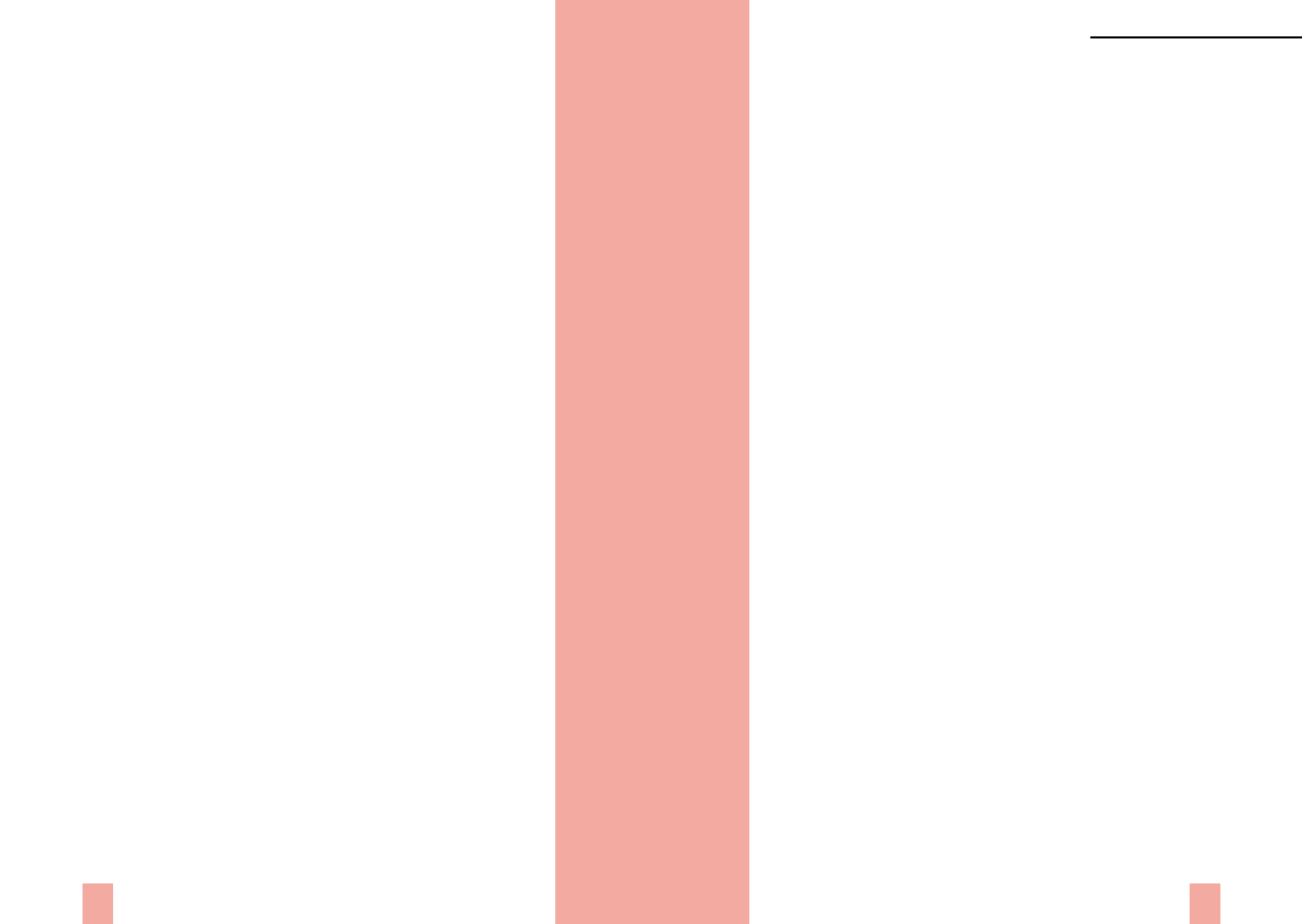

THE SPEAKING BODY
Xth Congress of the WAP,
Rio de Janeiro 2016
453
452
equivocating, as it does, on
parleying
, on the one hand, and on the fact that
it’s
from language
that we get this crazy idea that there is being, on the other– for it
is certain that we believe in it, we believe in it because of everything that appears
to make for substance.”
p. 14
The Other is missing
(1980),
[TV]
“What it shows me is that no truth reponds to malaise other than one particular
to each of those whom I call
parlêtres
.”
p. 133
II /b. The Unconscious
II /b.1 Écrits
Aggressiveness in Psychoanalysis
(1948),
[É]
“One need but listen to the stories and games made up by two to five year olds,
alone or together, to know that pulling off heads and cutting open bellies are
spontaneous themes of their imagination, which the experience of a busted–up
doll merely fulfills.”
p. 85
“The Mirror Stage as Formative of the
I
Function” (1949),
[É]
“This fragmented body –another expression I have gotten accepted into the
French school’s system of theoretical references– is regularly manifested in
dreams when the movement of an analysis reaches a certain level of aggressive
integration of the individual. It then appears in the form of disconnected limbs
or of organs exoscopically represented, growing wings and taking up arms for
internal persecutions that the visionary Hieronymus Bosch fixed for all time
in painting, in their ascent in the fifteenth century to the imaginary zenith of
modern man.”
p. 78
“The Function and Field of Speech and Language in Psychoanalysis”
(1953),
[É]
“Here speech is driven out of the concrete discourse that orders consciousness,
but finds its medium either in the subject’s natural functions – provided a
painful organic sensation wedges open the gap between his individual being and
his essence, which makes illness what institutes the existence of the subject in
the living being – or in the images that, at the border between the
Umwelt
and
the
Innenwelt
, organize their relational structuring.
A symptom here is the signifier of a signified that has been repressed from the
subject’s consciousness. A symbol written in the sand of the flesh and in the veil
of Maia, it partakes of language by the semantic ambiguity that I have already
highlighted in its constitution.”
p. 232
“Speech is in fact a gift of language, and language is not immaterial. It is a subtle
body, but body it is. Words are caught up in all the body images that captivate
the subject; they may ‘knock up’ the hysteric, be identified with the object of
Penisneid
, represent the urinary flow of urethral ambition, or represent the feces
retained in avaricious jouissance.”
p. 248
“Seminar on “The Purloined Letter” (1955),
[É]
“Such is the signifier’s answer, beyond all significations: ‘You believe you
are taking action when I am the one making you stir at the bidding of the
bonds with which I weave your desires. Thus do the latter grow in strength
and multiply in objects, bringing you back to the fragmentation of your rent
childhood. That will be your feast until the return of the stone guest whom I
shall be for you since you call me forth.”
p. 29
“On My Antecedents” (1966),
[É]
“If Freud reminds us of the relationship between the ego and the perception–
consciousness system, it is only to indicate that our reflective tradition –we
would be wrong o think that it has had no social impact insofar as it has served
as a basis for political forms of personal status– has tested its standards of truth
in this system.
But it is in order to call these standards of truth into question that Freud
links the ego, on the basis of a twofold reference, to one’s own body –that is
narcissism– and to the complexity of the three orders of identification.”
p. 54
II /b.2 Seminars
[S. XX]
“The other satisfaction is, as you must realize, what is satisfied at the level of the
unconscious–insofar as something is said there and is not said there, if it is true
that it is structured like a language.
Here I am coming back to something I have been referring to for some time,
namely, the jouissance on which that other satisfaction depends, the one that is
based on language.”
p. 51
Jacques Lacan



















